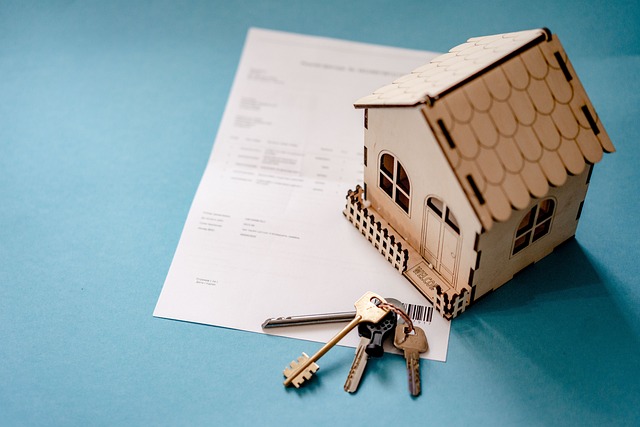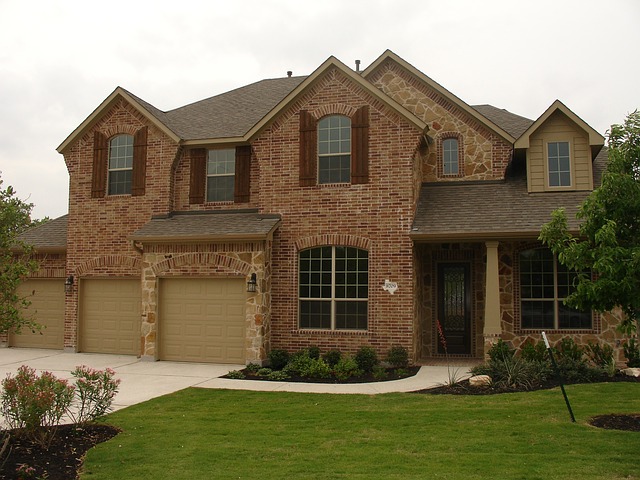Ten years is a pivotal juncture in the lifecycle of an Executive Condominium (EC) and for its owners. This article explores the transformative journey an EC undergoes post-decade mark, delving into the evolution of EC policies and eligibility criteria. We will navigate the changing landscape, understand the implications for current homeowners, and assess market dynamics for those seeking to buy or resell their EC units after a decade. Join us as we unravel what happens to an EC after 10 years, providing valuable insights into this unique segment of the property market.
- Navigating the Evolution of EC Policies: Eligibility to Buy Executive Condominiums After a Decade
- The Lifecycle Transition: What Happens to an Executive Condominium (EC) After 10 Years
- Beyond Resale: The Market Dynamics and Homeowner Options for ECs Post-Decade Mark
Navigating the Evolution of EC Policies: Eligibility to Buy Executive Condominiums After a Decade

Over the span of a decade, the policies governing the eligibility to buy Executive Condominiums (ECs) in Singapore have evolved to meet the changing needs of the housing market and demographic shifts. Initially designed for upgrading middle-income families, ECs offer a hybrid of public and private housing benefits, including longer lease terms and the potential to upgrade to a HDB flat after satisfying certain conditions. After 10 years of ownership, EC residents interested in purchasing a new property must navigate these policy changes. The Singapore government regularly reviews and adjusts its housing policies to ensure affordability and accessibility for different income groups. Owners of ECs who have fulfilled their minimum occupancy period are subject to the eligibility criteria as it stands at the time of their intended purchase. This means that they must meet the latest income ceilings and other qualifications set forth by the Housing & Development Board (HDB) or the relevant authorities, which may differ from the rules in place when they initially purchased their EC. It is crucial for potential buyers to stay informed about these updates, as eligibility to buy another EC or transition to a different type of housing will depend on the most current policies. Keeping abreast of these changes can help ensure a smooth transition for owners looking to upgrade or change their housing arrangements after a decade in an Executive Condominium.
The Lifecycle Transition: What Happens to an Executive Condominium (EC) After 10 Years

Beyond Resale: The Market Dynamics and Homeowner Options for ECs Post-Decade Mark

Beyond the initial eligibility criteria for purchasing an Executive Condominium (EC), which typically caters to Singaporeans who are first-time flat owners, there is a unique market dynamic that unfolds post the decade mark. As ECs transition from being 99-year leasehold developments to private condominiums at the end of their statutory lease period, they enter a new phase with different appeal and value propositions. This transformation affects resale prices and investor interest, often leading to a shift in market dynamics. Homeowners who have lived in these units for over ten years may find themselves in a position where the EC’s eligibility to be bought by Singaporeans remains, but the property now also qualifies for purchase by PRs (Permanent Residents) and foreigners, thus broadening its potential buyer pool. This change can influence the resale value and appeal of the unit, as it becomes more accessible to a wider audience.
For homeowners looking to sell their EC after a decade, understanding the market dynamics is crucial. The original design and features, which may have been well-suited to younger families, might now resonate with an older demographic or those seeking a centrally located property that’s within the price range of Singaporeans but also attractive to investors. Additionally, as the development ages, factors such as maintenance costs, facility upgrades, and the condition of the units will become more significant considerations for potential buyers. Homeowners must weigh these factors against the changing market conditions to make informed decisions about their next steps, whether it’s to sell, refinance, or continue owning their EC as part of their long-term property portfolio.
After delving into the intricacies of EC policies and their evolution over time, it’s clear that the lifecycle transition of an Executive Condominium (EC) after a decade presents unique challenges and opportunities for its residents. As detailed in “Navigating the Evolution of EC Policies” and “The Lifecycle Transition: What Happens to an Executive Condominium (EC) After 10 Years,” homeowners must understand the changes in eligibility to buy an EC, which are designed to adapt to the housing market’s dynamics. The article also explores the various pathways available post-decade mark, highlighting that while resale is a primary option, there are diverse market possibilities for ECs. Homeowners facing this transition should consider these factors carefully to make informed decisions about their living arrangements. “Beyond Resale: The Market Dynamics and Homeowner Options for ECs Post-Decade Mark” provides a comprehensive look at the options available, ensuring that homeowners are well-equipped to navigate the changes effectively.
